Investment Property 101
How does the bank decide if I can afford an investment property?
If you’ve ever gone to the bank for a loan, you’ll be aware of the sheer amount of information they need when making a decision – the admin is real! From obvious details like salary information to finer details like how much you pay for your Netflix subscription, every bit of intel is required. So how do the banks decide on who to approve and who to reject? How does it differ when you are looking for an investment property versus an owner-occupied home?
In simple terms it comes down to whether the loan amount makes sense compared to the value of the property, and whether the bank believes you can make your repayments. Read on as we unravel the different things that banks look at when making these decisions.
Does the amount of loan make sense?
The first thing the banks look at is how much loan you require vs the value of the property. This is called Loan to Value ratio or LVR.
For example, if a property is worth $500,000 and the mortgage is $250,000 then it’s LVR is 50%. In New Zealand the Reserve Bank puts rules in place for commercial banks to restrict lending above certain LVRs.
When buying a home to live in or a new build property as an investment you will require a 20% deposit or an LVR of 80%. It’s worth noting that this doesn’t need to be a cash deposit. You can use equity in an existing property to pay the other 20% required. However, this loan will be tied to your existing property and not the new investment.

Image above: Artist’s render of an apartment at Augustus Park, Parnell
Can you afford your repayments?
Banks have very specific calculations that they run to determine if they believe you can service a new loan. Whether you think you can afford it or not!
The first calculation is called UMI or Uncommitted Monthly Income.
This is where they look at the money coming in and going out on a regular basis. Essentially, they want to know how much is left over from your earnings after all your payments have come out.
Things such as childcare payments, ongoing subscriptions (that pesky Netflix comes in here), insurance payments, grocery bills and anything else that is a repeated expense is counted. This is why you need to provide three months of bank statements, and why regular recurring payments are more harmful to the calculation than one-offs.

Image above: Artist’s render of an apartment at LQ The Residences Ellerslie
Do you have too much Debt?
The second part of this calculation is DTI or Debt to Income ratio.
While an official DTI rate isn’t something the Reserve Bank has legislated yet, it is something that they have given themselves permission to implement at any time. It is also something that banks take into consideration even without the legal need to do so.
Debt to Income ratios calculate how much you can borrow compared to your income. By using a ratio of 1:6 or 1:7 of your annual income it sets a maximum borrowing figure for a household. For example, if your household income was $150,000 and a bank wanted to lend a DTI of 7 the maximum loan you could get would be $1,050,000.
$150,000 Household Income x 7 DTI = $1,050,000 Maximum Borrowing
Another income factor to consider is if the property will be earning you any rental income. If the property earns $25,000 annually in rental income this can be added to your yearly household income amount.
($150,000 Household Income + $25,000 rental income) x 7 DTI = $1,225,000 Maximum Borrowing
Looking pretty healthy right? We do need to remember that this is a maximum borrowing figure, so we do need to consider if you have any existing debt. Any mortgage, other loans, and even credit card limits count towards your maximum borrowing limit. So, if our example family already had a loan of $500,000 this would reduce their DTI from $1,225,000 to $725,000.
$1,225,000 (Maximum borrowing amount #1) – $500,000 (current loan) = $725,000 (New Maximum borrowing amount)
TIP: The bank doesn’t take into consideration how much you currently owe on your credit card but instead the whole limit available. This is debt has been previously approved for you to use at any time. Perhaps it’s time to look at reducing this limit?
SEEK ADVICE
While these calculations are here to help you understand what the bank is generally looking for, the best person to help you with information about your specific mortgage is a mortgage broker, financial advisor, or your bank.
Wanting to learn more about Property Investment? Read our first Property 101 article ‘New Builds vs Existing’ here and stay tuned for more in the coming weeks.
Intersted in a Safari Group property? Take a look at our Ellerslie, and Parnell Investment opportunities, and then give us a call on 0800 790 790, or email us on sales@safarigroup.co.nz

